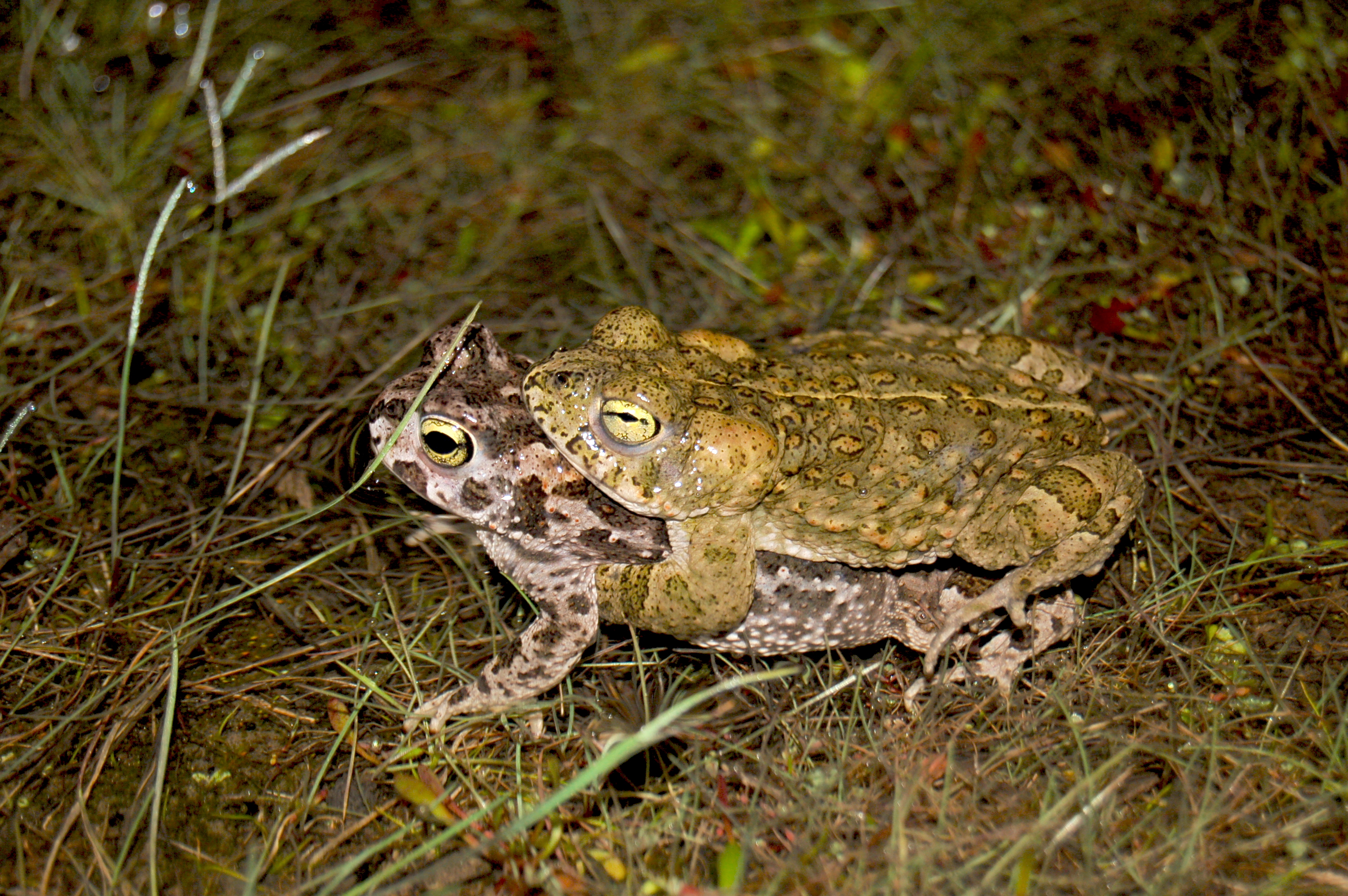AH News: Micro-Geographic Genetic Variation in Natterjack Toads of Southwestern Spain
Over large geographical scales, it is very common to observe phenotypic and genetic variation in animal species. While many studies have linked such differences to macro-geographical characteristics, little is known about the causes of this phenomenon at smaller geographical scales. The populations of Epidalea calamita in southwestern Spain display stark variations in body size and weight across a mere 60 kilometers, making them an exceptional model for investigating the genetic influences on phenotypic diversity at a micro-geographic level.
In January 2003, the Italian-Argentine herpetologist Federico Marangoni sampled 7 populations of natterjack toad inhabiting three areas with different geological composition in Southwestern Spain. From each population, he collected 20 clutches of eggs. The tadpoles were reared in common garden experiments; Subsequently, tissue samples were taken from 15 to 20 individuals in each population for DNA extraction, focusing on 8 specific microsatellite loci to assess genetic variations within and between populations.

Epidalea calamita from Hinojos, Huelva province, Spain. 2017. Courtesy of Dr. Iván Gomez-Mestre
While no population showed private alleles, significant differences in allele frequencies were observed between populations, for all the eight loci. This study identified these natterjack toad populations as displaying the most substantial allele differences documented to date: a result that supports the hypothesis of the Iberian peninsula acting as a refuge for E. calamita during Pleistocene glaciations.
However, the analyses could not reveal any correlation between genetic dissimilarities and geographical distance: this finding dismisses the possibility of isolation by distance. In fact, most of the genetic variability was observed within populations, which suggests that gene flow occurs between populations, regardless of their geographical distance. In addition, the different ecological conditions experienced by the populations under study explained only a minor proportion of the size variability.
The lack of genetic isolation between distant populations might arise from the high mobility of Bufonidae species. Alternatively, iit might result from the natterjack toad's ability to adapt to local environmental pressures through phenotypic plasticity or adaptive reaction norms. Further studies exploring the interaction between genetic characteristics and environmental factors are thus needed, in order to explain the astonishing variation in the body size of E. calamita over remarkably limited distances.
